Can MLB’s Biggest Disappointments of 2021 Return to Form?

After the past two years have given the world enough setbacks to define a generation, we could all use a little rebound in 2022. That includes a whole lot of baseball players who have had to navigate a pandemic to play a sport that places an emphasis on routine—something that’s been frustratingly difficult to come by.
Last week, Nick Selbe dug into some of last season’s biggest surprise standouts to see if they could repeat their success. I’ll cover the inverse of sorts today by analyzing whether some of 2021’s biggest disappointments can bounce back next year and set an example for us all.
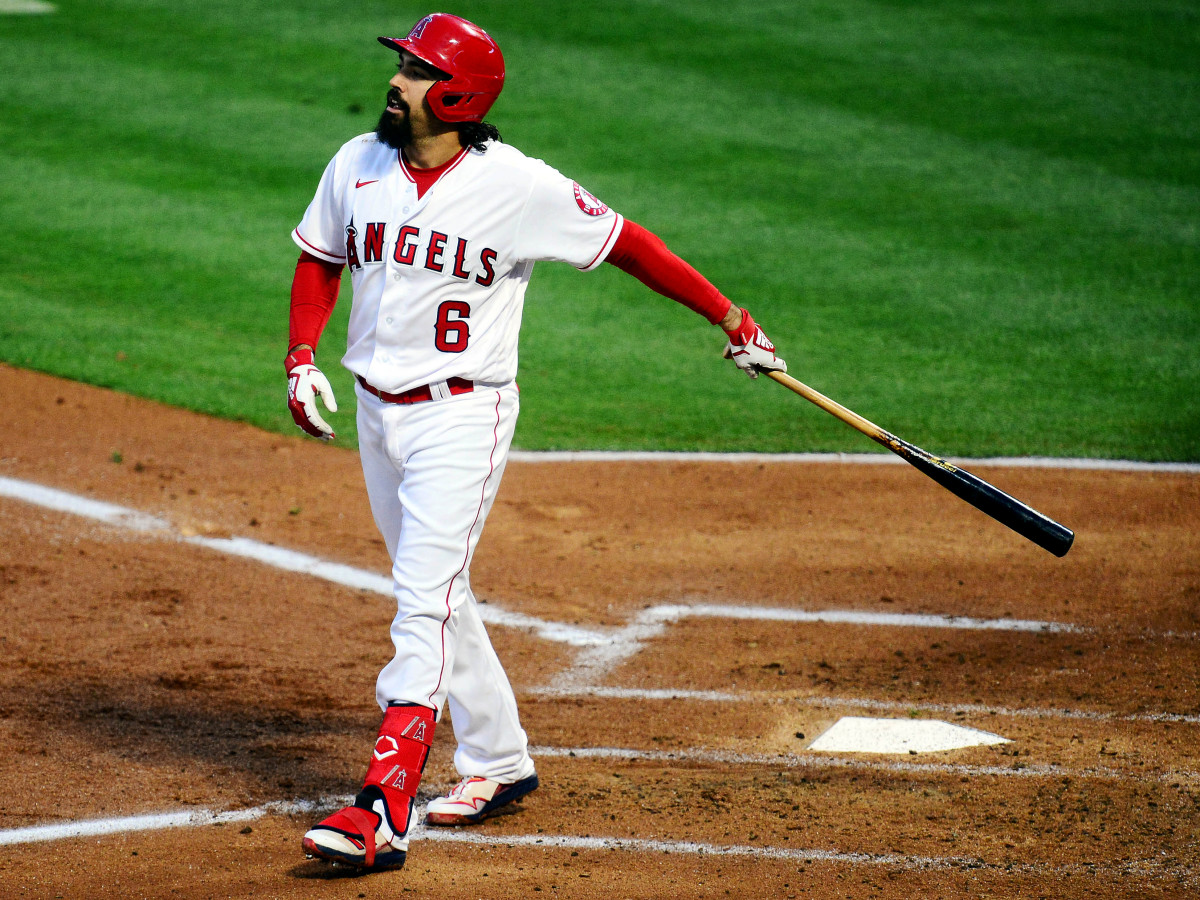
3B Anthony Rendon, Angels
Rendon was always underappreciated in Washington, where he logged four seasons worth at least 6.0 fWAR and finished in the top six of NL MVP voting three times, yet only appeared in one All-Star Game and lived in the shadow of Bryce Harper. He hit free agency at the perfect time after his career year in 2019 helped the Nationals win a World Series title, earning him a seven-year, $245 million contract with Los Angeles that set him up as the sidekick to Mike Trout.
That plan hasn’t panned out. Both Trout and Rendon missed more games than they played because of injuries, while the Angels endured their sixth straight losing season and wasted yet another MVP winning season from one of their players; this time it was Shohei Ohtani. At least Trout was producing at the level expected of him when available; Rendon, on the other hand, registered career-worst marks in batting average (.240), on-base percentage (.329), hard-hit percentage (29.8%) and wRC+ (95) in 58 games while battling injuries to his groin, knee, hamstring and hip.
The third baseman seemed a bit relieved to discover he’d need season-ending surgery to fix a hip impingement, as the diagnosis pinpointed a cause for his ails at the plate. It’s also worth noting that defensive metrics measured a downturn in the field for Rendon, too—supporting the notion his lower-body injuries prevented him from performing up to his standards in every facet of the game.
“There was a point in there where I thought I was going crazy,” Rendon told reporters after an MRI revealed the extent of his injuries. “But digging deeper, obviously getting pictures, and then speaking to specialists, speaking to guys with a prior history [of the injury], put me at ease a little bit at being able to find answers.”
Prior to last season, Rendon was one of the most consistent hitters in the league. He was the only third baseman to record an OPS above .900 every year between 2017-2020. There’s every reason to believe the 31-year-old will rebound for the Halos in 2022, health permitting.
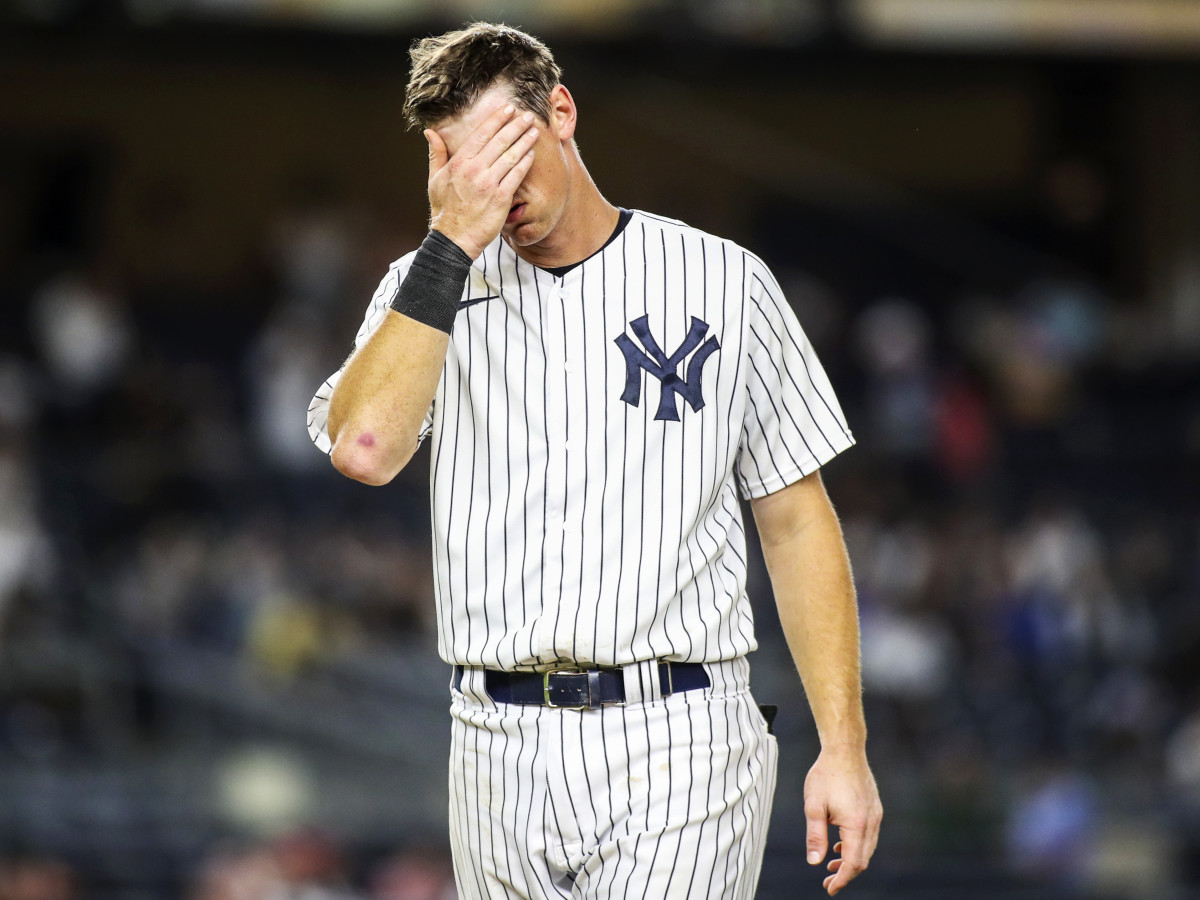
INF DJ LeMahieu and 1B Luke Voit, Yankees
I don’t mean to unfairly single out the right side of the Yankees’ infield—nearly every Bomber except Aaron Judge and Giancarlo Stanton mired in mediocrity as New York’s offense ranked 10th in the AL in runs scored. But the declines of LeMahieu and Voit were especially unfortunate after they were the club’s offensive leaders in 2020.
LeMahieu was the MLB batting champion and led the AL in on-base percentage (.421), OPS (1.011) and OPS+ (179) while finishing in the top five of AL MVP voting for the second straight year. Voit led the majors with 22 home runs in the shortened season to nab a top-10 MVP finish. Both were then seemingly sapped of their power like the Monstars at the end of Space Jam. LeMahieu hit the same number of home runs (10) as he did in 2020 in over three times the amount of at bats. Voit had half as many homers in the same amount of at bats and lost his starting first base job to Anthony Rizzo after the trade deadline.
Rizzo’s acquisition seemed like foreshadowing to Voit’s time in the Bronx coming to a close sooner rather than later. With the Yanks connected to left-handed-hitting first basemen such as Rizzo, Freddie Freeman and Matt Olson this offseason, New York could trade Voit for pitching help. The 30-year-old is still under team control for three more years and is projected to earn just about $5 million in 2022, making him an attractive chip as a slugger with even platoon splits. The institution of the DH in the NL would open up some potential landing spots for him; even when he’s been at his best, Voit has offset his value at the plate with poor defensive metrics.
LeMahieu’s presence also affects Voit’s status, as the two-time All-MLB second baseman played first in a career-high 55 games last season and acquitted himself well. With Gleyber Torres’ woes at shortstop and permanent move back to second base toward the end of last year, it appears that LeMahieu could either take over as their first baseman, start at third base (especially if New York doesn’t sign a shortstop after the lockout ends and has the play Gio Urshela there) or handle a superutility role. Either way, barring injuries to other lineup mainstays, as things stand it’s hard to see a path for Voit to be an everyday player with the Yankees in 2022.
The one thing to consider with Voit and LeMahieu is whether their struggles can be attributed to injuries. Voit had left-knee surgery just before the season to repair his partially torn meniscus and missed 34 games. Not long after his return in mid-May, he went back to the injured list with an oblique injury and was out for nearly another month. Coming out of the All-Star Break, Voit landed on the IL again, this time with left-knee inflammation. He came back in early August, with Rizzo as the team’s starting first baseman, and though he did get semi-regular at bats as a starting DH and pinch-hitter, his left knee hampered him throughout the rest of the season. In early October, with the Yankees still fighting for a wild-card berth, they shut Voit down, placed him on the IL for the fourth time in 2021, once again with left-knee inflammation.
LeMahieu, meanwhile, also went on the injured list before the final regular-season series with a sports hernia, which also kept him off the roster for the AL Wild Card game. He had surgery for it in mid-October and is expected to be ready for spring training. He dealt with what the Yankees had called a “hip/groin” issue for some time during the year before it became too much for him to play through. The Yankees owe LeMahieu $15 million per year over the next five seasons. His elite plate discipline and contact skills to all fields should give the 33-year-old a fairly high floor as he ages, but I wouldn’t count on him resurfacing in the MVP race again. LeMahieu was never much of a home run threat even while playing at Coors Field, and his power surge to start his Yankees tenure now looks like an outlier compared to the rest of his career. Still, if his hernia was bothering him for longer than he let on, that could explain his steep regression and signal a possible rebound in 2022, even if he never returns to the heights of his first two years in pinstripes.
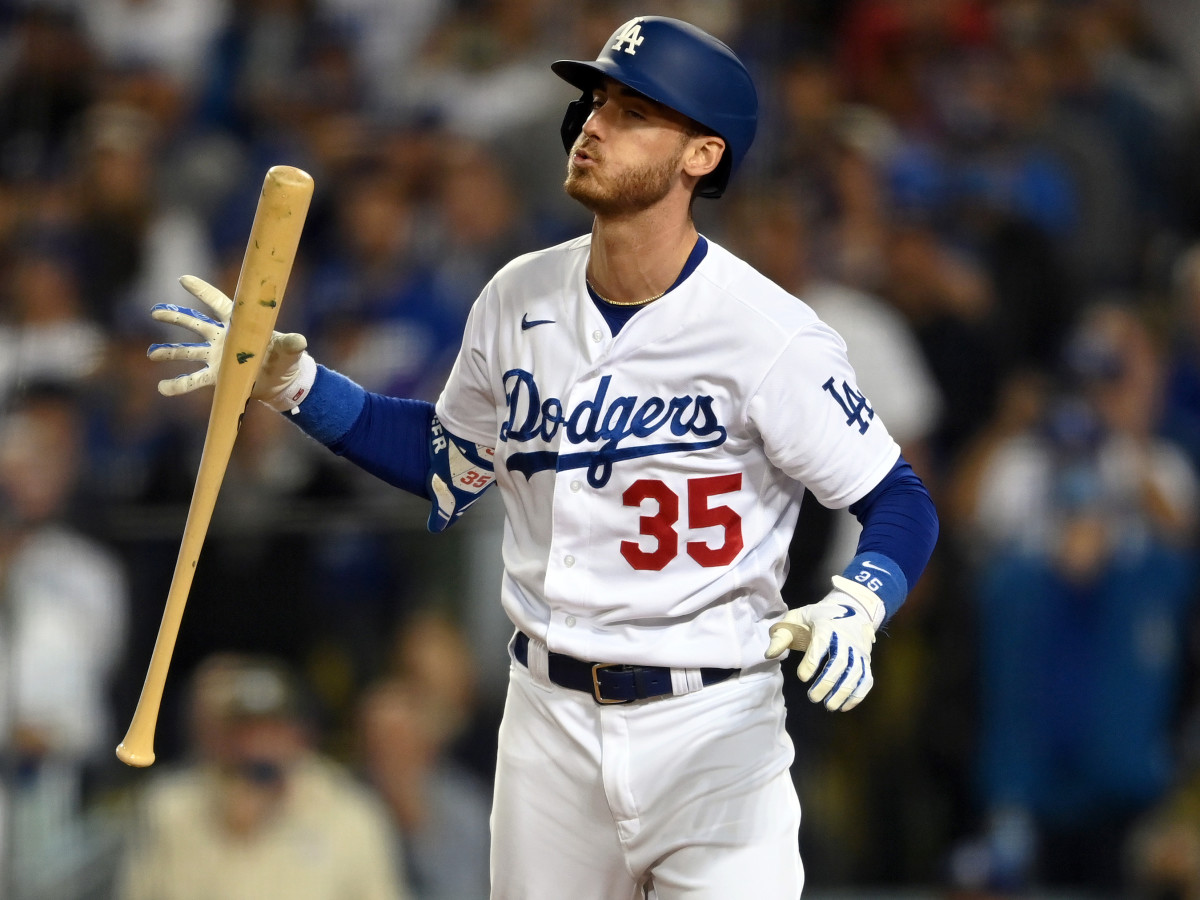
1B/OF Cody Bellinger, Dodgers
After following up a disappointing 2020 campaign with the seventh-worst hitting season by a semi-regular outfielder in MLB history (by OPS+, anyway), Bellinger redeemed himself a bit while using a simplified swing during the Dodgers’ playoff run. He slashed .353/.436/.471 in 11 postseason games and provided several clutch hits along the way, including a game-tying three-run homer in Game 3 of the NLCS that briefly resuscitated Los Angeles.
Those heroics put a pretty bow on one of the ugliest seasons you’ll ever see from a former MVP. Almost any other player earning $16 million in his first year of arbitration would’ve been non-tendered if they hit like he did during the regular season. As it is, he and the Dodgers reportedly agreed on a $17 million contract for 2022 shortly before the lockout.
I covered Bellinger’s struggles in September, when the outlook was quite a bit more dire. He’d endured a dislocated shoulder, a fractured fibula, a fractured rib and hamstring tightness over the previous calendar year, and there was very little statistical evidence to support a bounce-back being around the corner. After his encouraging October, however, it’s easier to bet on the 26-year-old’s talent and hope he can continue to make adjustments to battle the long droughts that a streaky hitter like himself will face in the future.
As things stand, the starting center field job is Bellinger’s to lose. If he once again fails to approach his previous peak in 2022, the Dodgers will have a tough decision to make on Bellinger and what would still be a substantial salary ahead of his final year of team control in 2023.
Sign up to get the Five-Tool Newsletter in your inbox every week during the MLB offseason.
The Mets’ Opening Day lineup (except Pete Alonso)
Do you know how many of the eight batters who started New York’s 5–3 loss to the Phillies on April 5 ended up playing at least 100 games and recording an OPS+ above their career average? That would be zero. You can’t fault Alonso, who could never again match the bar he set in his historic rookie campaign and still have a tremendous career. But the rest of the team’s projected starters didn’t consistently contribute, and the end product was the most bafflingly bad offense in baseball.
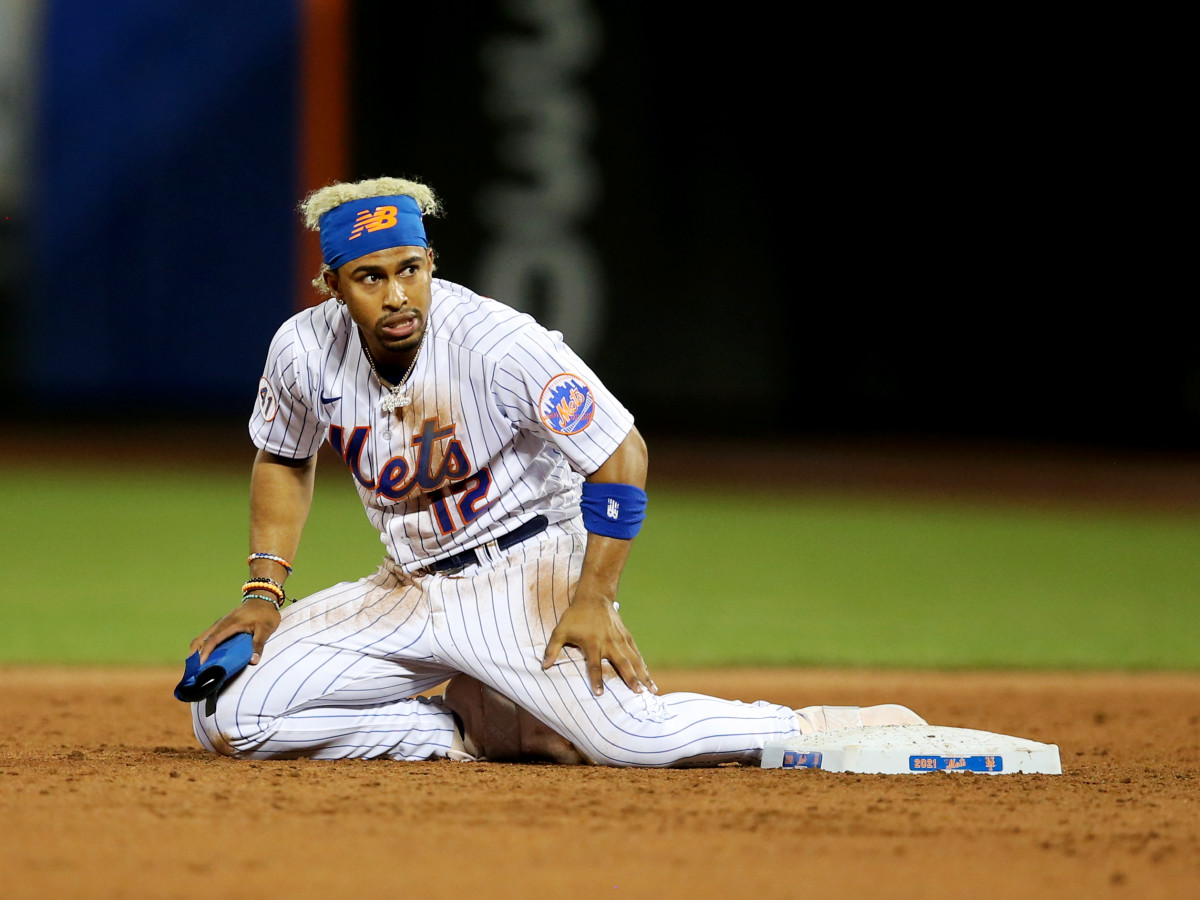
When Steve Cohen made a splash in his first offseason as team owner by approving the acquisitions of shortstop Francisco Lindor (first via trade, then a 10-year, $341-million extension) and catcher James McCann (four years, $40.6 million), he did not imagine them as the faces of MLB’s 27th-ranked offense. But that’s what he got after New York scored just 3.92 runs per game, the third-lowest scoring Mets team of this century. Lindor got off to a miserable start before course-correcting to a .734 OPS and 3.1 bWAR by season’s end—still his worst marks over a full season. Meanwhile, McCann never got off the ground en route to a .643 OPS, better than only defensive whiz Martin Maldonado among the 15 catchers with at least 400 plate appearances (with below-average glovework behind the plate to boot).
Of course, it’d be wrong to just point the finger at the new guys in town when most of the incumbents were just as ineffective. Jeff McNeil had a 139 OPS+ over his first three seasons before it fell to 88 in 2021. Michael Conforto was one of just five hitters with a slash line above .300/.400/.500 in 2020, but his followup ahead of free agency resulted in a .232/.334/.384 line that surely reduced his price on the open market. Dominic Smith went from a post-hype breakout in 2020 to the team’s least valuable player in 2021 with a .244/.304/.363 slash line and -0.7 bWAR. It’d be unfair to lump in Brandon Nimmo (132 OPS+, 3.6 bWAR) and J.D. Davis (126 OPS+, 0.8 bWAR) with the above underachievers, but injuries limited each to fewer than 100 games.
With a decent 96 wRC+ that ranked 16th last season, there’s a case to be made that the Mets would be substantially better with just a kiss from Lady Luck. But this is the Mets we’re talking about, so it was wise of new GM Billy Eppler to go out and sign another fresh batch of new faces in Starling Marte, Mark Canha and Eduardo Escobar to augment the club’s depth in case another team-wide slump occurs.
The entire Padres rotation (except Joe Musgrove)
San Diego appeared to have the makings of a rotation to rival the 1990s Braves and 2011 Phillies. There was 2020 NL Cy Young runner-up Yu Darvish, 2018 AL Cy Young winner Blake Snell, 2020 NL Cy Young fourth-place finisher Dinelson Lamet, 2020 Padres Opening Day starter Chris Paddack, and 2020 Pirates Opening Day starter Joe Musgrove. The unit mostly looked the part in April, when Musgrove hurled the first no-hitter in franchise history and San Diego’s starters recorded a 2.67 ERA, which ranked fourth in MLB.
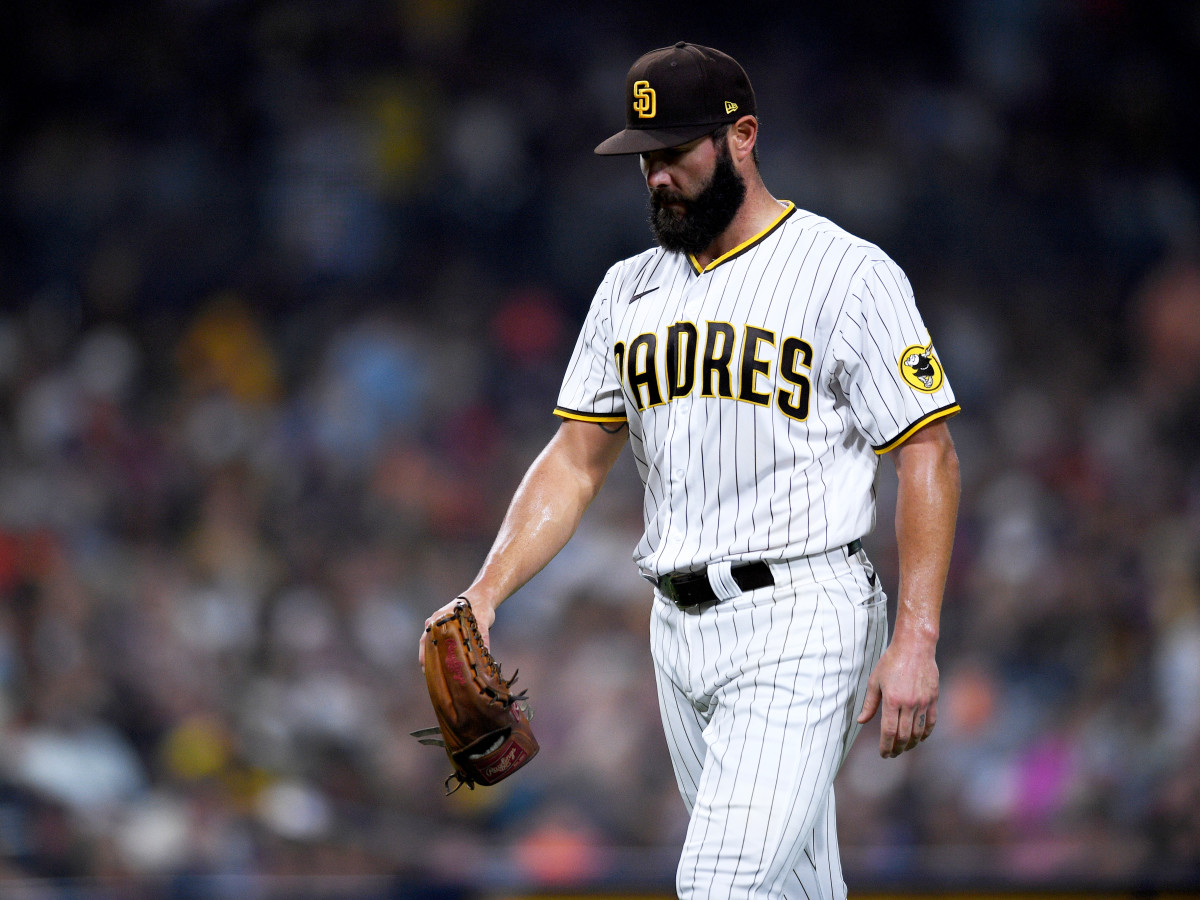
It was all downhill from there. By the All-Star Break, the unit had slipped 11th with a 3.92 ERA. In the second half, that figure would balloon to 5.41 (25th in MLB). While the Friars’ offense certainly deserves its share of the blame after scoring only more than the Marlins over the season’s final two months, a rotation that was supposed to function as the team’s backbone instead crumbled and put undue stress on a bullpen that led the NL in innings pitched. It got so bad that the sad remains of Jake Arrieta and Vince Velasquez were each handed four starts down the stretch despite showing very little before being released by their former teams and even less once arriving in San Diego.
Musgrove, a San Diego native, was the only starter to live up to expectations. Darvish was emblematic of the team’s tale of two halves, as a solid first few months gave way to a summer swoon in which he couldn’t stop serving up home runs while also missing time due to hip inflammation and a back issue. Darvish’s 6.16 ERA almost exactly doubled his first-half ERA of 3.09. Snell’s season was essentially the opposite, as he pitched into the sixth inning just three times in 16 first-half starts before rounding into form after the All-Star Break. Both struggled immensely on the road. Lamet, meanwhile, made only nine starts and was moved to the bullpen to fend off a second Tommy John surgery when his elbow couldn’t handle a starter’s workload. And Paddack’s 5.07 ERA was the result of a second straight season of increased hit-ability and reduced whiff-ability following a promising 2019 debut, even if his 3.78 FIP indicated some poor luck was at play.
The malaise even extended to the minor leagues, where former No. 3 overall pick MacKenzie Gore battled mysterious mechanical and command issues that kept him at the team’s alternate site for much of the season even as the major-league pitching staff unraveled. That development especially stung amid the emergence of Luis Patiño in Tampa Bay, who acquired the young fireballer as the headline prospect in the Snell trade.
There are certainly reasons for optimism in 2022, chief among them the hirings of manager Bob Melvin, who oversaw many successful pitching staffs in Oakland, and pitching coach Ruben Niebla, who served as Cleveland’s minor-league pitching coordinator for seven seasons—a key cog in that organization’s conveyor belt of intimidating arms. On the personnel side, Mike Clevinger, who made just four starts with the Padres after he was acquired from Cleveland at the 2020 trade deadline, is expected to return after missing last season with Tommy John surgery and could provide a big boost. Ryan Weathers, who was the youngest player in the majors for most of last season, will surely benefit from another year of experience. If Darvish and Snell can settle whatever plagued them away from Petco Park, the Friars should have a shot to make up for yet another disappointing showing in San Diego.
More MLB Coverage:
• Top 10 Moments From the 2021 MLB Season
• Which Surprising Standouts Can Repeat in 2022?
• Why Jimmy Rollins Belongs in the Hall of Fame
• MLB Is Not Even Trying to End the Lockout
